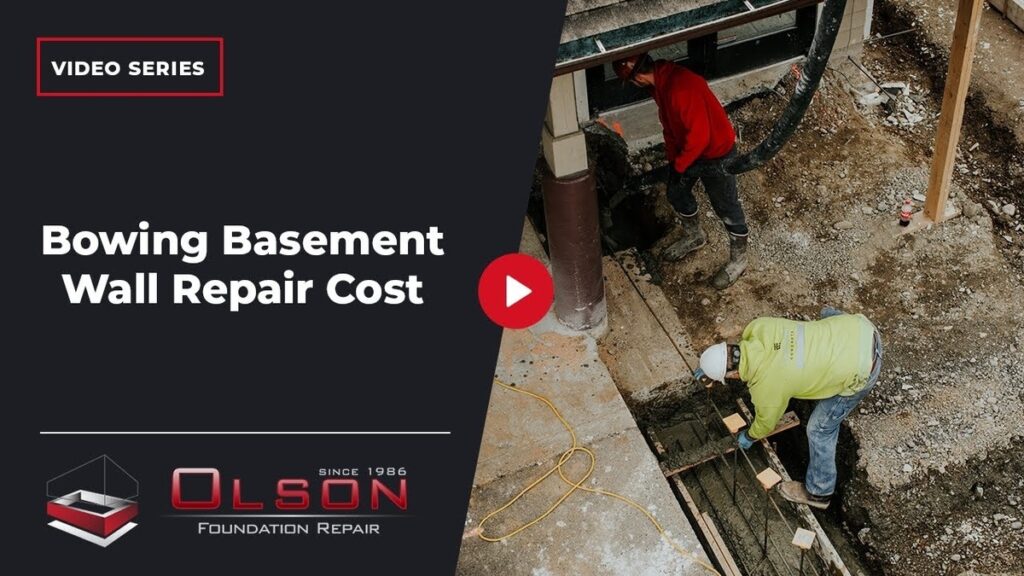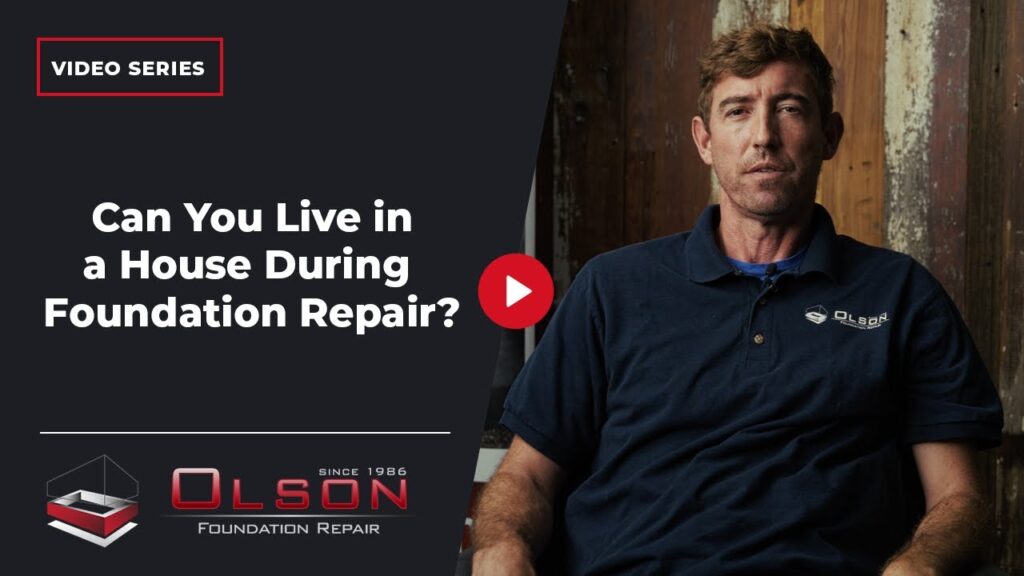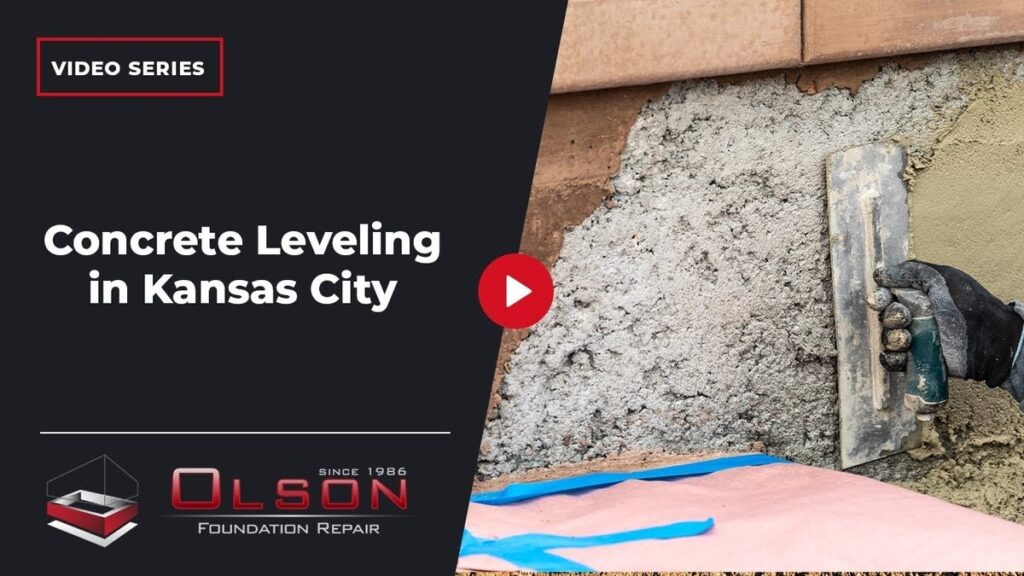Water around your home is not just a small problem. It can cause cracks, damp walls, and even basement leaks. The right foundation drainage helps move water away so it does not stay against your house. Keeping water out is the best way to protect your basement.
In Kansas City, some homes only need longer downspouts or better grading. Others need drains or pumps to handle more water. The first step is always to check where water comes from and where it should go.
Do I Need Drainage Work or a Quick Tune-Up?
Look for these warning signs:
- Puddles near the foundation after rain
- Damp or white stains on the basement walls
- Floor cracks with moisture at the joint
- A sump pit that runs nonstop
Key Takeaway: Fix the source first. Extend downspouts 10 feet, regrade soil away from the house, and clear clogged window wells. If problems remain, a drain system may be the next step.
What is Foundation Drainage?
It is any system that collects water and moves it away from the structure before it can leak into walls or floors. It can be inside or outside, passive or pump-assisted.
Main Drainage Options that Work in Kansas City
French Drain for Yard Water
A French drain is a gravel trench with a perforated pipe. It collects surface and shallow water and lets it flow to a safe outlet we call “daylight.”
Pros: Helps with pooling, reduces soggy spots, low upkeep.
Cons: Needs room to slope, not ideal for high water tables, yard must be trenched.
Pro Tip: Always wrap the pipe in drainage fabric and use clean rock. This keeps soil out and protects long-term flow.
Interior Drain Tile with Sump Pump
We saw-cut the slab at the edges, add a perforated pipe in the rock, and route water to a sump pit with a pump.
Pros: Stops wall and floor leaks, serviceable from inside, reliable in older stone or block basements.
Cons: Requires interior demo and new concrete, needs power and pump maintenance.
Exterior Footing Drain
We excavate to the footing, place pipe at the base, add a waterproofing membrane, and backfill with gravel. Water routes to a sump line or gravity outlet.
Pros: Blocks water before it reaches the wall, great for new builds or full exterior rehabs.
Cons: Higher cost, heavy excavation, and landscaping repairs needed.
Need expert help with drainage or basement leaks? Contact Olson Foundation Repair for a free consultation.
Do I Always Need a Sump Pump?
Not always. If you only have shallow yard water, a gravity French drain to daylight can work. If water enters through walls or under the slab, a sump helps control peak storms. Add a check valve, a sealed lid, and a battery backup for safety.
What if the Problem is a Leaking Crack?
First, we check the structure. If the wall needs support, we address beams or piers before sealing. For tight, isolated leaks, we can inject the crack to stop seepage. A few small cracks do not always mean you need a full system. We only recommend larger work when water paths or volume call for it.
How We Choose the Right Fix
We trace the water from the roof to the soil to the wall to the floor. Then we plan to move it out and away. We may combine gutters, grading, and one drain type. Exterior footing drains are one type of foundation drainage used when excavation is already planned. Interior systems are preferred when access is easier from the basement.
Pro Tip: Test your downspouts in heavy rain. If water spills at the base, add extensions before you invest in larger work.
Next Steps
We start with a no-pressure inspection and a clear plan. You get a scope, timeline, and maintenance steps. Choose the foundation drainage fix that matches the source of water, not guesswork.
Ready to protect your home? Schedule a free inspection with Olson Foundation Repair today. We will find the source, design the right solution, and keep your basement dry.




